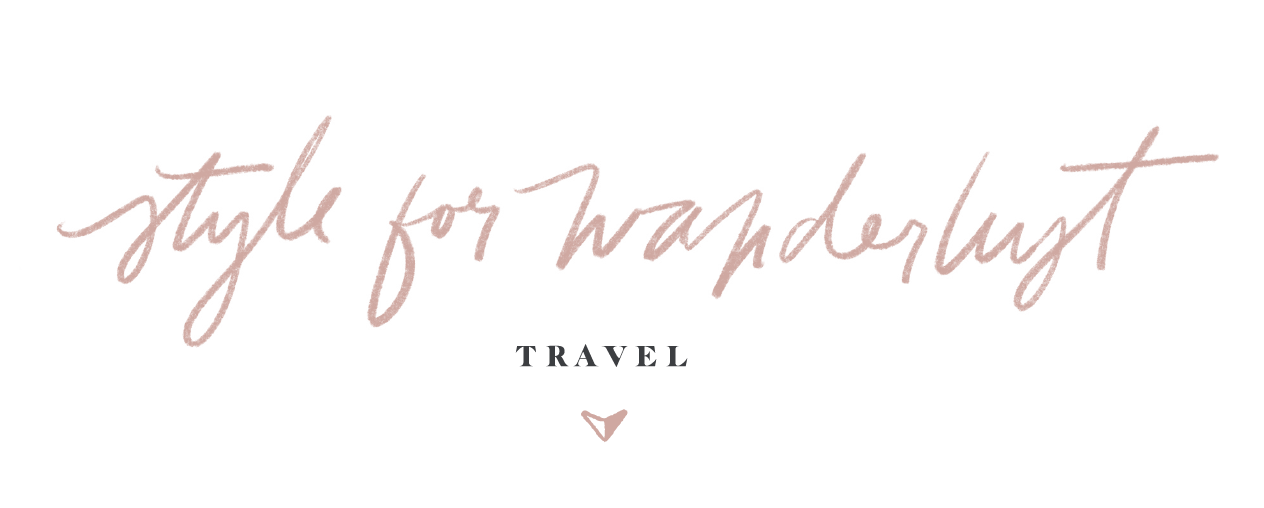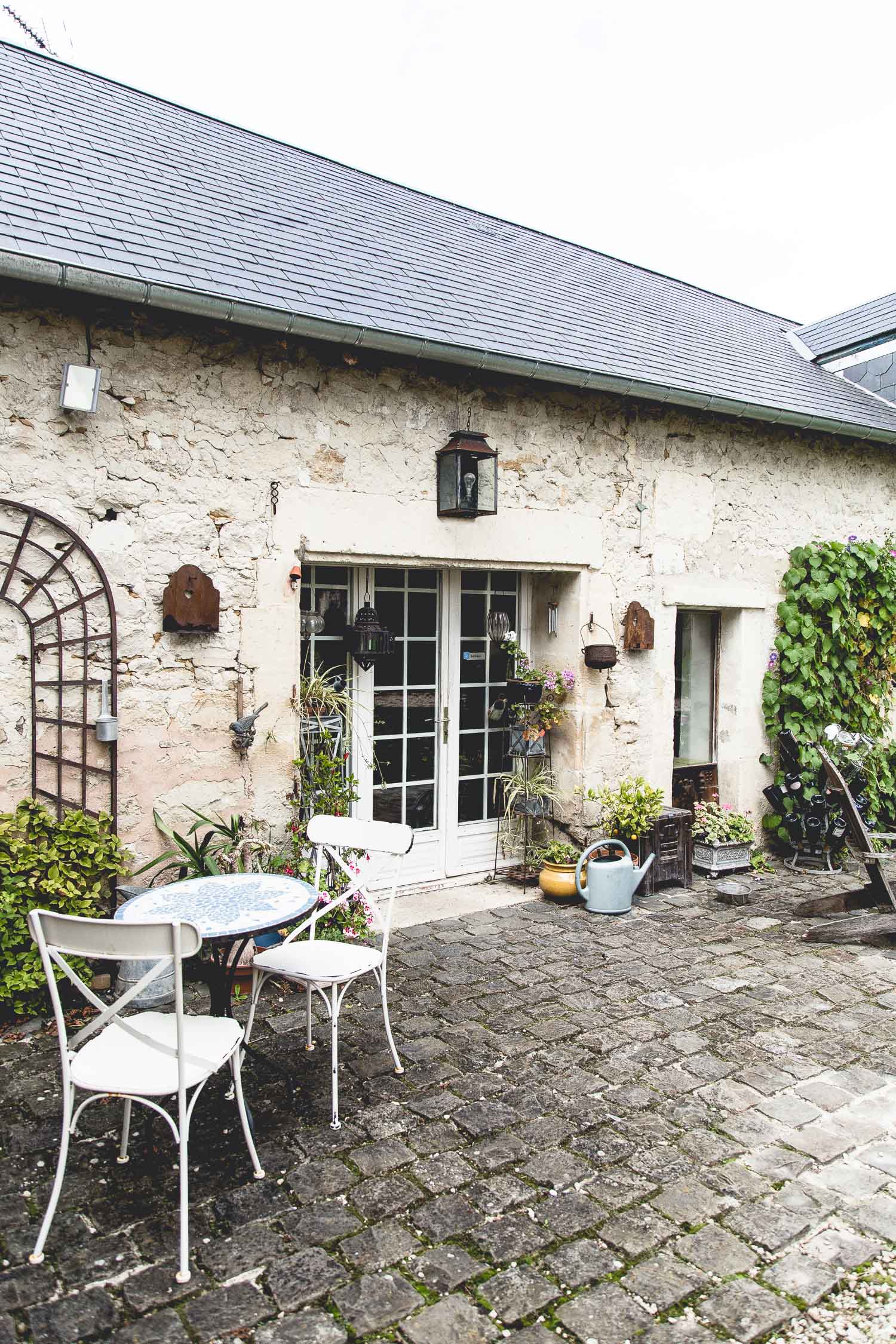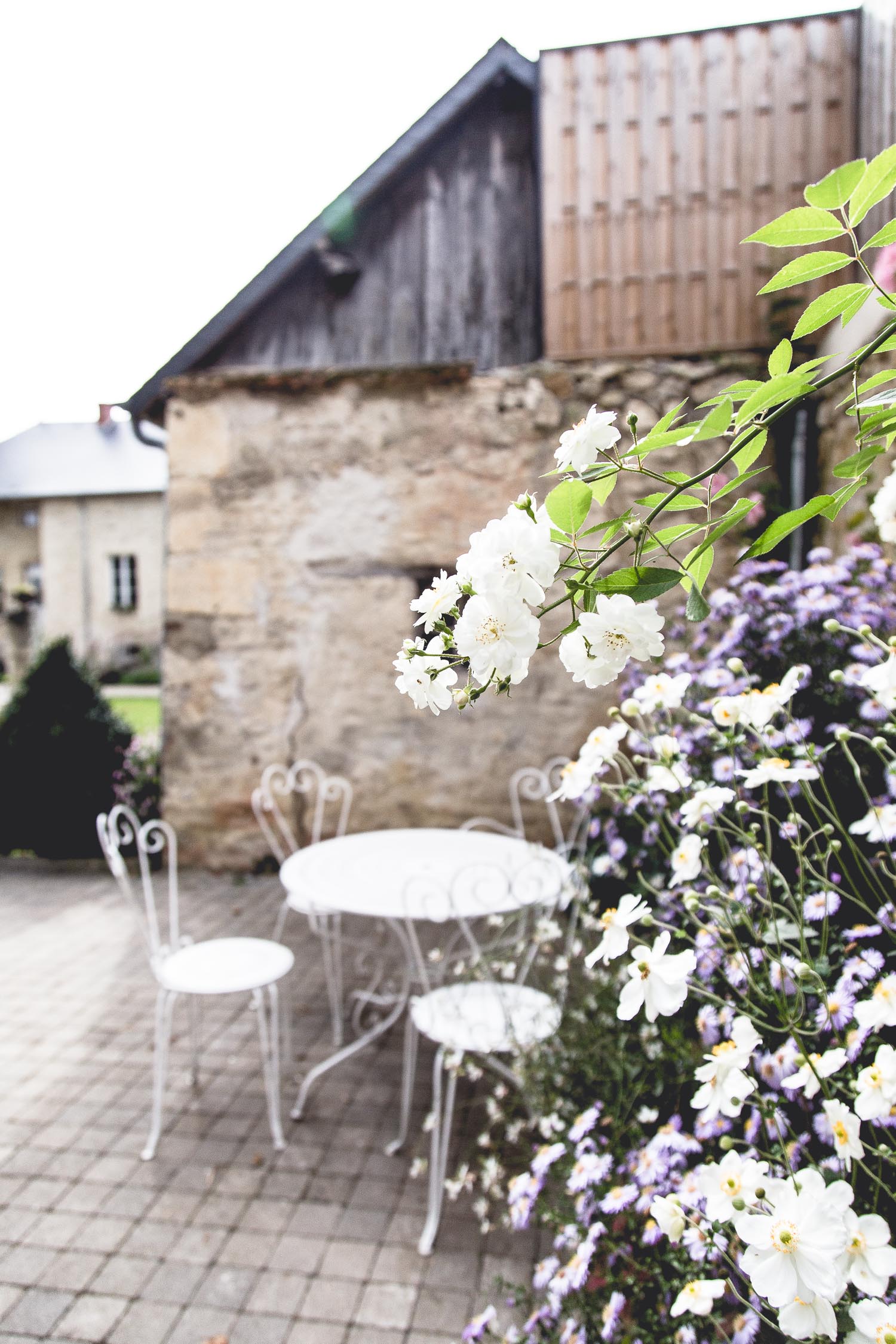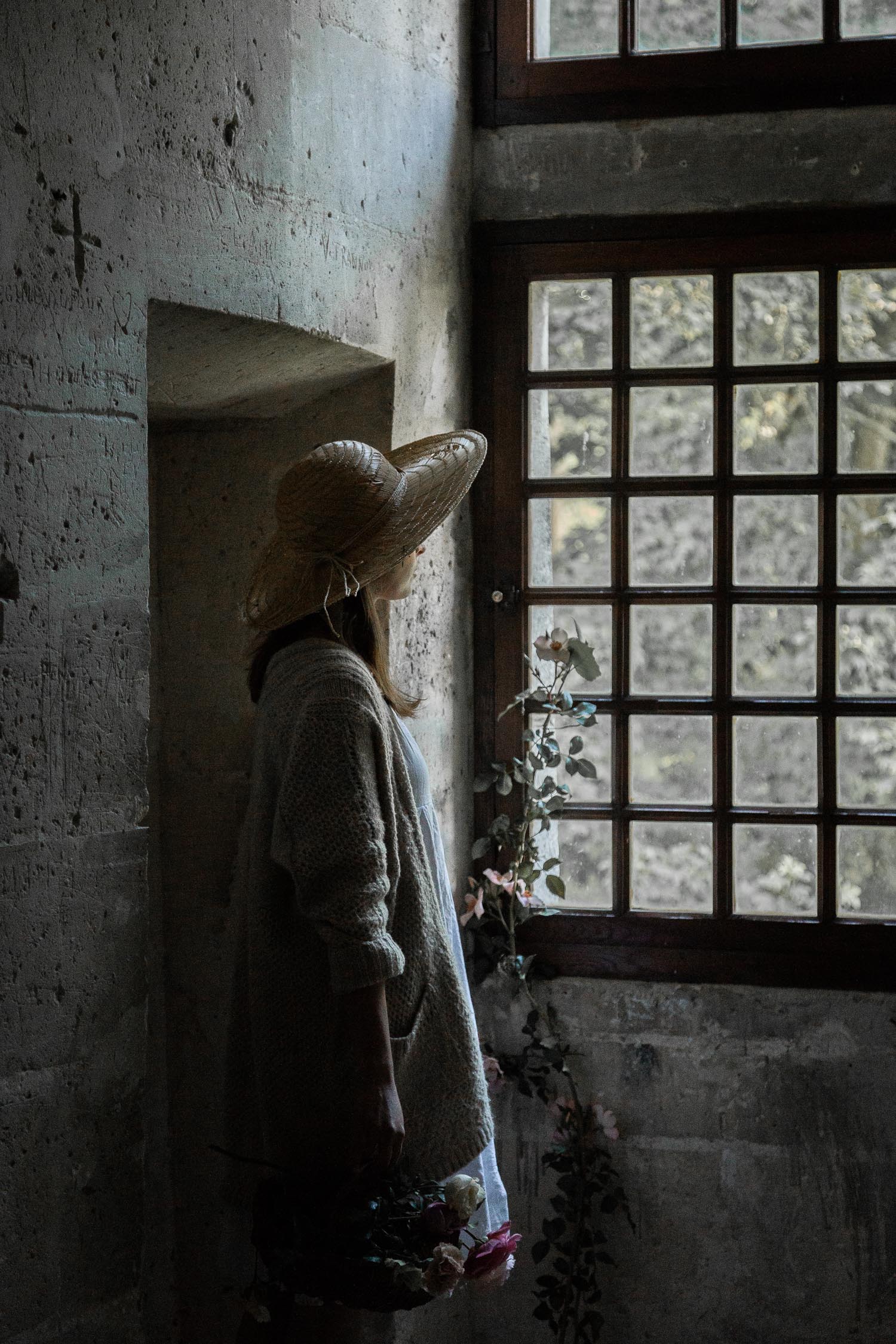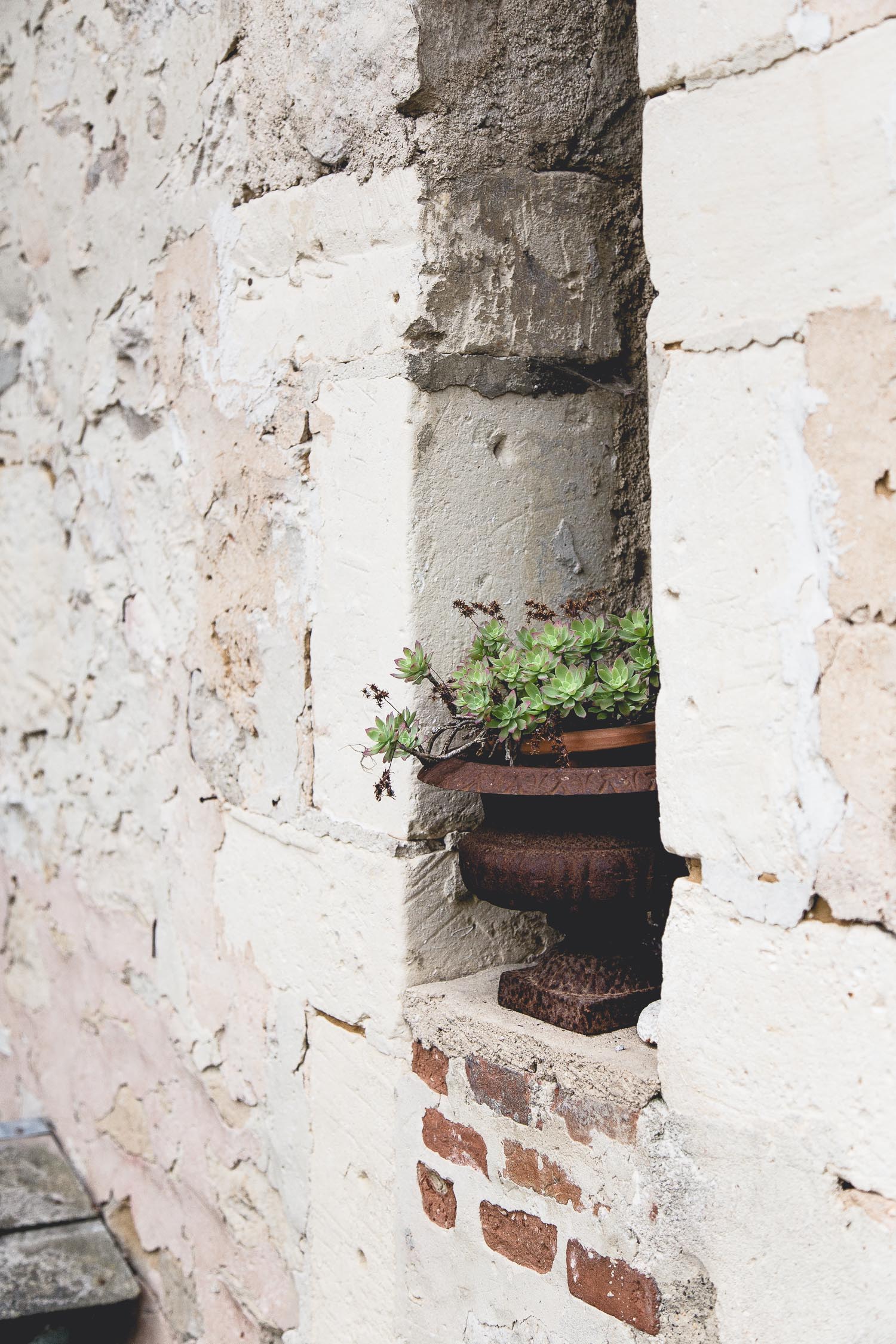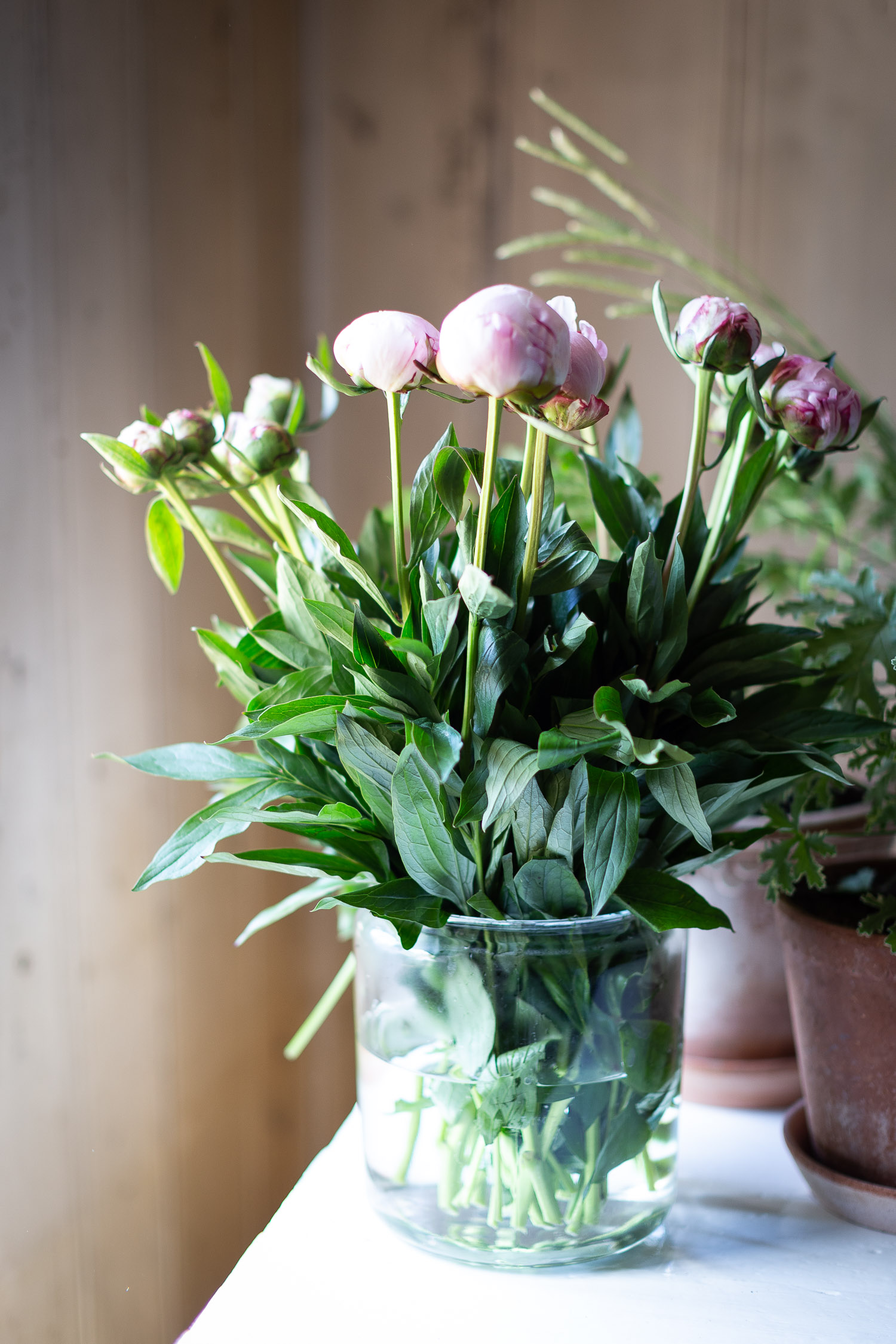TWO SIMPLE SECRETS TO TAKE BEAUTIFUL PHOTOS
I know the disappointment when you are faced with a flat, uninteresting and boring image while the original counterpart felt so exciting. And the hopelessness you feel when you compare your images to those of professional photographers.
Before I started to study photography and turn it into a profession, I had all those experiences multiple times, regardless of the fact that I was using an iPhone or an expensive and sophisticated camera to take those images.
Obviously professional photographers have a wealth of knowledge, experience and practise that is not accessible to everyone. It took me time and lots of dedication too. But you can still enjoy photography as an amateur and learn to take beautiful photos, simply abiding to few very basic, apparently obvious, fundamental principles that will change your photography game forever and will help you to have fun with photography and bring home beautiful images.
For mini bites tips to improve your photography, check more posts on The curious photographers blog
Are you by any chance thinking…
No way, I can’t take a sharp image even of a candy staring back at me!
Got you!
Stop! Because I am going to tell you a little secret
Secret 1:
Learn to see the world as a photographer
You can take good photos only developing a photographer’s eye without a very sophisticated equipment, but you cannot take good photos with a sophisticated equipment without having developed a photographer’s eye.
What’s a photographer’s eye?
First of all, photographers look at the world with new eyes and notice things that people normally don’t. Like a painter or an artist, a photographer looks in the outside world for shapes and patterns, colours and shades, those aspects that you will then find captured in their work, making it so special and valuable.
You see only what you are looking for. Remember that.
SO TO DEVELOP YOUR EYE, LOOK OUT FOR:
Colours and shades. Obviously you see colours and shades naturally but have you tried to pay attention? Have you noticed a scale of shades of the same colour in that object? Have you realised how those two contrasting colours create a special effect there?
Shapes. Already the ancient Greeks had theorised how certain harmonious shapes please the human eye and shape is indeed an important part of a photographic subject. Look at the line of wine glasses on a dining table. They resemble a Roman temple colonnade if observed from a certain angle. Or search for the curves of a winding road; look for patterns made by flowers in a field or for symmetries in the objects you are observing. Shape is everywhere and you just have to take notice.
Textures are very important in photography and certain textures work better in photos than others based on how they reflect or absorb the light, their tri-dimensionality and tactility. Linen is rougher than pure cotton and work so much better in pictures because of that.. Its roughness creates a micro game of light and shadow that brings the object to life and gives it all its tridimensionality.
Lines and symmetry. Lines are also shapes particularly if the create a symmetry. Parallel lines, perpendicular and diagonal lines all give form to a photo subject.
Have you ever noticed the lines created by the light filtering through a window blind? The parallel lines of dark and light repeating themselves form a symmetrical pattern that can be turned into a very interesting image.
Light and shadows. This is probably the most important ingredient to a great photo. Observe the light falling onto objects, but also pay as much attention to shadows, because they provide depth and dimensionality, add drama and atmosphere. A photo without shadows is pretty flat.
One morning you will wake up and look with absolute marvel at the light filtering through your window and bathing a random corner of your house.
That day, you will feel like you have discovered a little miracle that has always been there but you have never noticed. That day, you will have made full acquaintance with the one and only queen of photography: the light.
Once your eye starts getting used to look for these elements before you actually take the photo, you will notice that you will start understanding how to frame your image and how to compose it based on where you will place the objects within that frame to emphasise the patterns, shapes or movement you have found there.
Your frame will have to make space for what you have noticed and want to emphasise and will have to find the best way to do so, choosing the right angle, deciding what to include and even more importantly, what to exclude.
secret2
it’s all about Composition
I don’t think there is a more incorrect statement than the one that says that photography is an objective representation of reality.
There is nothing objective in photography.
The moment you have directed your attention towards something, from a specific angle and have decided to take in just this much in your frame, you have subjectively decided for a certain representation of reality.
Every photograph is composed by a series of decisions that have been taken by the photographer and their individual point of view and this is also what makes photography an artistic and creative process and place it rightfully among the visual arts. I am not saying photography doesn’t portray reality and cannot be used to document and report on events. I am simply saying that even in its more realistic version of reportage photography, any image is still the result of an individual decision and his particular point of view in that moment.
It’s a portion of reality, a point of view, a version of the truth.
If you want to dig a little deeper into creativity and how to feed it and make it blossom, check this post I have recently written after a very inspiring time spent in the Tuscan countryside with a group of creatives. Related: A JOURNEY WITHIN: EXPLORING CREATIVITY AND SELF-GROWTH IN THE TUSCAN COUNTRYSIDE
The Subject
The first and most important decision we make when taking photos is about the photography’s subject. Whenever we are pointing the camera at something we need to decide what will be the main subject, the protagonist of that frame and then we have to compose the image in a way that makes it clear for the viewer.
This is very important and it can really make the difference between an average image and a very good one.
Sometimes we point the camera slightly absentmindedly to something that has drawn our attention and just press the shutter. We have to learn now to pay attention to what exactly has drawn our attention and why, think about what story we are telling while choosing this subject and finally decide how we can make our decision super clear for the viewer, in other words, how we are going to emphasise the subject.
Simplify and tell your story
One of the easier ways to emphasise the subject and tell a story that can reach our viewer directly and without too many interferences is to simplify. This mainly consists in cutting out all the possible noise which is not strictly necessary. For every element that we include in the frame should add something to our story. If not, then it is a distraction and is better to exclude it.
Let’s make an example.
We are in Florence and we want to take a photo of the Duomo. There are so many stories we could tell about this beautiful Cathedral. One could be the one representing the Duomo as an artistic monument attracting hundreds of thousands tourists every year. In that case, shooting the Duomo when the crowd is approaching and queuing outside waiting to enter would be the best choice and all the anonymous people populating our frame will help telling the story we want to tell. If instead I am trying to shoot the Duomo to tell a story that celebrates its architecture and the special atmosphere that the beautiful construction conveys, I would recommend shooting it early in the morning, when there are no people because in this case, people would just be a distraction and wouldn’t add anything valuable to the story I am trying to tell. Or shooting up, cutting out the crowds… this is an easy trick that always work. So, for now, enjoy your ice-cream and a stroll and come back tomorrow early morning to snap a few shots that will be truthful to your story.
If you want to know about about alternative ways to explore Tuscany outside the mainstream tourist itineraries, check out this blog post:
Related: LAZY WANDERING IN THE TUSCAN COUNTRYSIDE
And yes here is the “How to”
There is no instruction booklet to teach you how to frame a photograph. I cannot tell you what’s the best angle or if you should shoot portrait or landscape or any other trick of the kind. The real tip is, simply:
move about before you shoot. Check how the frame changes when you change your point of observation
try to stand, sit, squat and take any other absurd position you might have seen a photographer in… When you change the point of view things start getting interesting.
Experiment
Don’t be in a rush to press the shutter. Pretend you have a film in your camera and every shot you are going to get developed it’s going to cost you money.
Dare and don’t obsess with taking the right photo!
Photography is an art and as any art form, it doesn’t respond to mathematical rules that can guarantee a certain output as a result of a certain input. Yet, there is a certain technique to arts too and if mastered, it can help achieve better artwork for sure. Just try to apply these two simple techniques in your photography. Before you press the shutter, think about what has captured your attention, look for elements in your images that can help you compose your frame, simplify cutting out the noise and emphasise, giving predominance to your subject. Think about the story you want to tell or remember. What are you really trying to portray here? You will see results immediately and the more you practise them, the more they become spontaneous, leading you to an endless journey of improvement of your photography.
Comment here below and let me know if this article was useful for you!
What are your struggles? I am looking forward to learn from you too!
Above all, enjoy!
